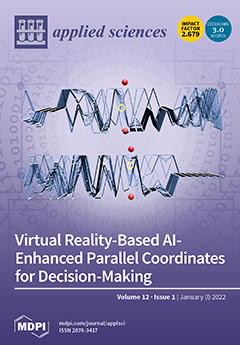The use of minimalist shoes (MS) in running involves changes in running mechanics compared to conventional shoes (CS), but there is still little research analysing the effects of this footwear on plantar pressure, which could help to understand some risk injury factors. Moreover,
[...] Read more.
The use of minimalist shoes (MS) in running involves changes in running mechanics compared to conventional shoes (CS), but there is still little research analysing the effects of this footwear on plantar pressure, which could help to understand some risk injury factors. Moreover, there are no studies examining the effects of a prolonged running and foot strike patterns on baropodometric variables in MS. Therefore, the aim of this study was to analyse the changes produced using MS on plantar pressure during a prolonged running, as well as its interaction with the time and foot strike pattern. Twenty-one experienced minimalist runners (age 38 ± 10 years, MS running experience 2 ± 1 years) ran with MS and CS for 30 min at 80% of their maximal aerobic speed, and mean pressure, peak pressure, contact time, centre of pressure velocity, relative force and contact area were analysed using a pressure platform. Foot strike pattern and time were also considered as factors. The multivariable linear regression mixed models showed that the use of MS induced, at the end of a prolonged running, higher peak pressure (
p = 0.008), lower contact time (
p = 0.004) and lower contact area (
p < 0.001) than using CS. Also, runners with forefoot strike pattern using MS, compared to midfoot and rearfoot patterns, showed higher mean and peak pressure (
p < 0.001) and lower contact time and area (
p < 0.05). These results should be considered when planning training for runners using MS, as higher peak pressure values when using this type of footwear could be a risk factor for the development of some foot injuries.
Full article





